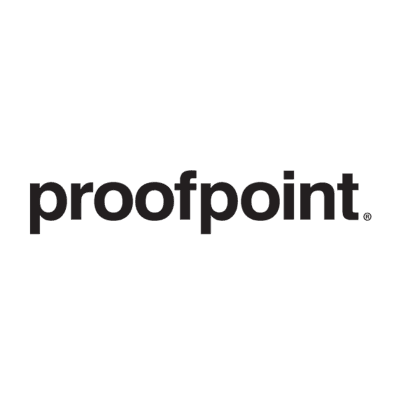Cybersecurity
IT
Cortex Xpanse Services proactively identifies and mitigates digital risks across your attack surface.
1. Real-Time Asset Discovery: Automate the integration of newly identified assets by Cortex Xpanse into the organizational asset inventory for immediate visibility.
2. Vulnerability Response: Trigger automated vulnerability scanning and remediation workflows for assets Cortex Xpanse identifies as potentially compromised or at risk.
3. Compliance Automation: Initiate compliance checks on new or changed assets detected by Cortex Xpanse to ensure continuous adherence to security standards.
4. Incident Prioritization: Use Cortex Xpanse data within Mindflow to prioritize incidents based on the criticality of the exposed asset and the nature of the threat.
What is Cortex Xpanse Services?
Cortex Xpanse Services offers comprehensive attack surface management by continuously scanning the internet to identify and evaluate risks associated with exposed assets. This proactive approach helps organizations secure their digital presence against potential threats.
Value Proposition of Cortex Xpanse Services
Cortex Xpanse Services enhances cybersecurity by providing a detailed view of an organization's digital footprint, identifying unknown assets, and mitigating risks before they are exploited. Its continuous monitoring capability ensures that security teams can avoid potential vulnerabilities.
Who Uses Cortex Xpanse Services?
The primary users of Cortex Xpanse Services include security operations centers (SOCs), IT security teams, and compliance officers. These professionals leverage the platform to maintain visibility and control over their organization's external attack surface.
How Does Cortex Xpanse Services Work?
Cortex Xpanse Services operates by conducting extensive scans of the IPv4 address space, identifying internet-facing assets associated with an organization, and analyzing these assets for potential vulnerabilities and exposures. This information enables security teams to prioritize and address the most critical risks.














